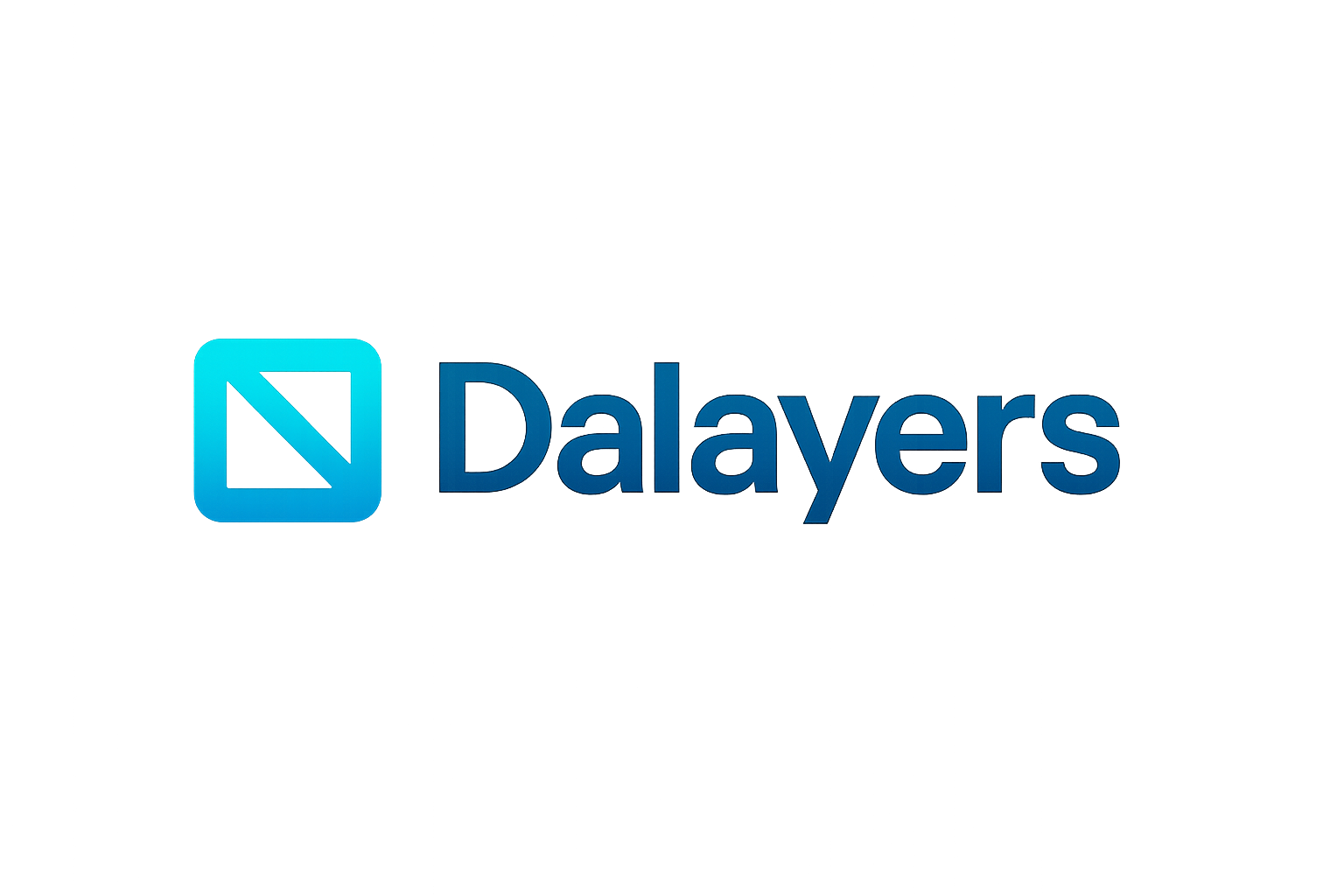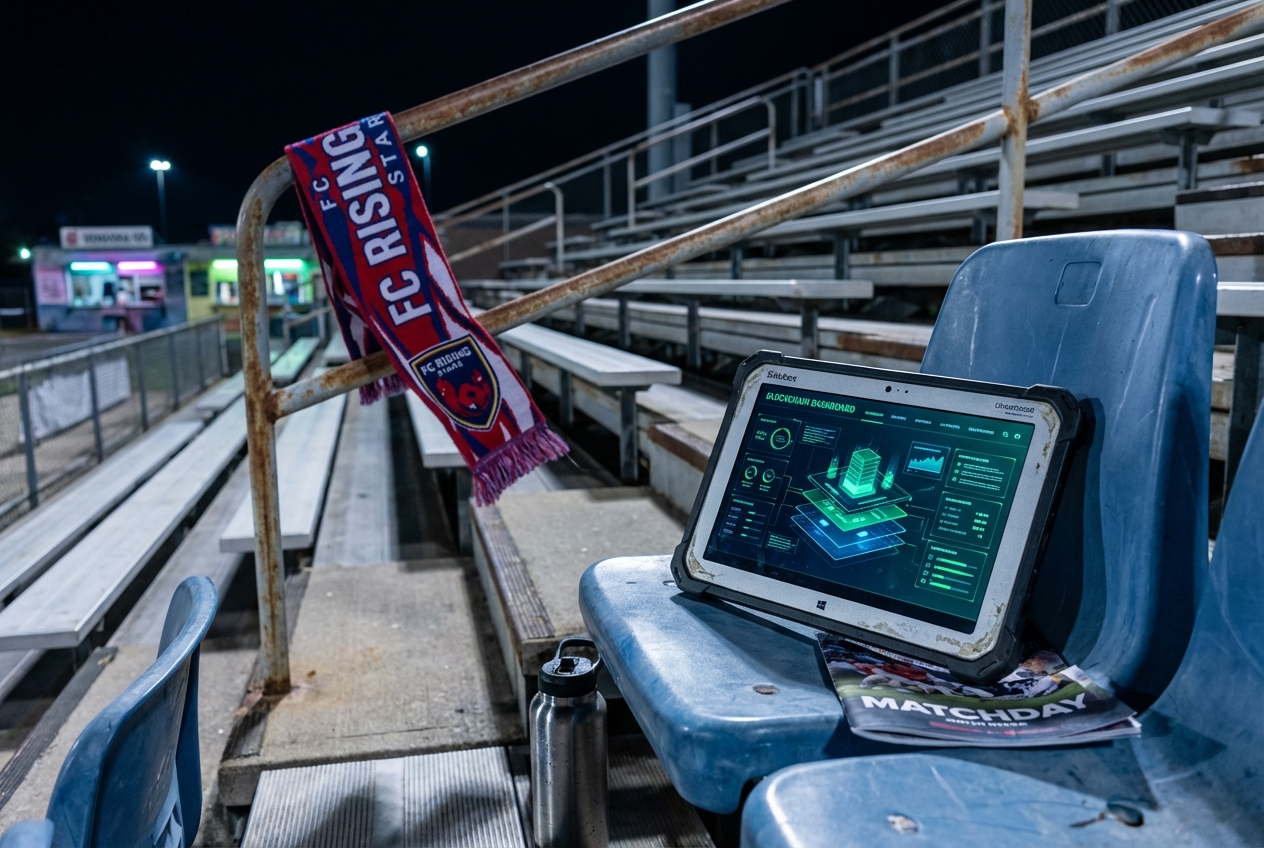
Data availability is the bedrock of blockchain security and decentralization, but it has long been a bottleneck for scalability. In monolithic blockchains, every node must download, verify, and store all transaction data. This ensures trustlessness, but it also creates high barriers to participation and limits network throughput. Modular blockchains, by contrast, split the core functions of consensus, execution, settlement, and data availability into separate layers. This architecture unlocks new efficiencies, but it also raises a critical question: how can we ensure that all data is truly available to the network, without relying on a handful of powerful nodes?
Why Data Availability Sampling Matters for Modular Blockchains
Data Availability Sampling (DAS) is a cryptographic technique that addresses this challenge head-on. Instead of requiring every node to download an entire block, DAS allows light clients to verify data availability by randomly sampling small pieces of the block data. If enough random samples are available, the client can be statistically confident that the whole block has been published. This approach dramatically lowers the resource requirements for participation, making it feasible for anyone with a basic device to help secure the network.

Consider the implications: with DAS, decentralization is no longer constrained by the hardware and bandwidth needed to run a full node. Light clients can participate in block verification, which means a more diverse and geographically distributed set of actors can help maintain the integrity of the blockchain. This is a significant leap forward for networks aiming to be truly trustless and permissionless.
The Mechanics of DAS: How Light Clients Verify Data Availability
At its core, DAS works by having each light client request random shares of block data multiple times. After enough successful samples, the probability that the data is unavailable becomes negligible. This statistical approach is robust: if any portion of the block data is missing, the odds are high that at least one client will notice the absence during sampling rounds. Once a preset confidence threshold is reached, the block is considered available for the purposes of consensus and execution.
Projects like Celestia and Avail have implemented DAS as a core primitive in their modular data availability layers. This enables rollups and appchains to publish data in a verifiable way, without forcing every participant to become a full node. As a result, these networks can support higher block sizes, greater transaction throughput, and more complex decentralized applications while maintaining a robust, decentralized validator set.
Decentralization, Security, and Scalability: The DAS Trifecta
The primary value proposition of DAS is its ability to simultaneously enhance decentralization, security, and scalability. By dramatically reducing the resource burden for block verification, DAS invites broader participation. This expanded validator base increases the network’s resilience against censorship and attacks. At the same time, the ability to safely increase block sizes means modular blockchains can handle surging demand without sacrificing decentralization – a key advantage over monolithic designs.
Key Benefits of Data Availability Sampling for Decentralization
-
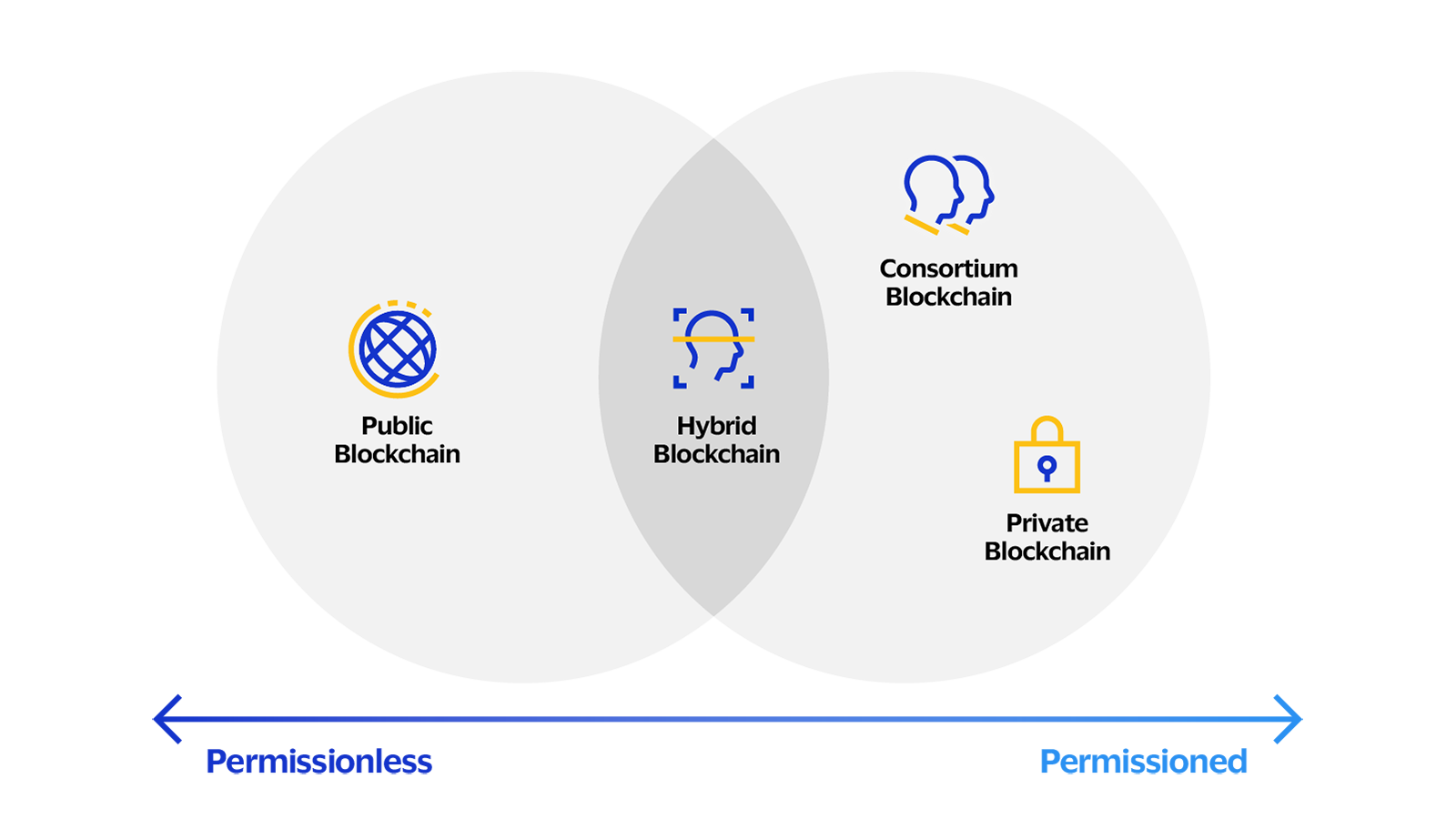
Enables Lightweight Node Participation: DAS allows light clients to verify data availability without downloading entire blocks, reducing hardware requirements and empowering more users to participate in network validation.
-

Reduces Reliance on Full Nodes: By distributing verification duties, DAS lessens the network’s dependence on resource-intensive full nodes, helping prevent centralization of power and control.
-
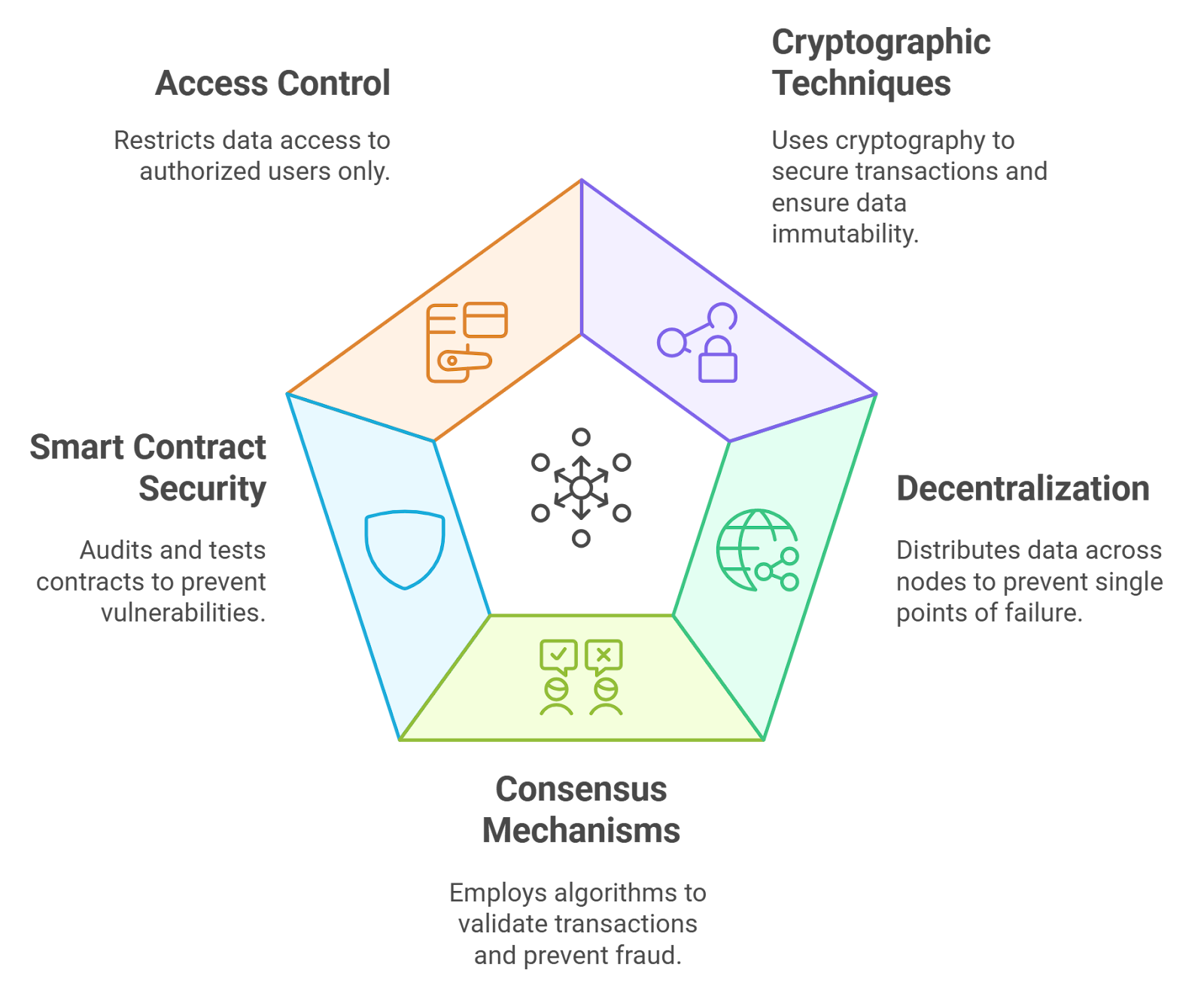
Enhances Network Security and Resilience: With more diverse participants able to verify data, the network becomes more robust against attacks and failures, strengthening overall security.
-
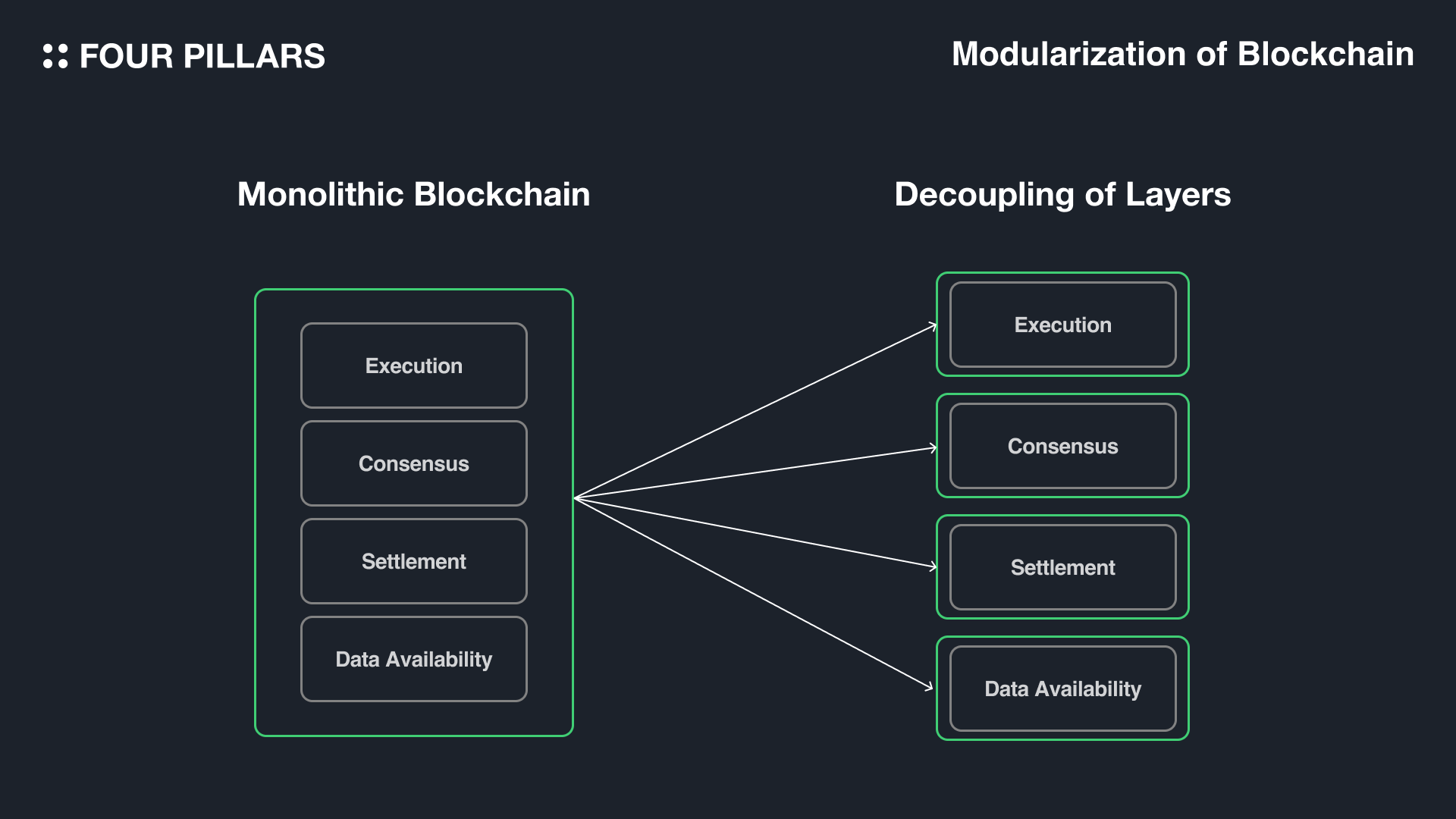
Supports Higher Scalability Without Sacrificing Decentralization: DAS enables blockchains to handle larger blocks and higher transaction throughput while maintaining a decentralized validator set.
-
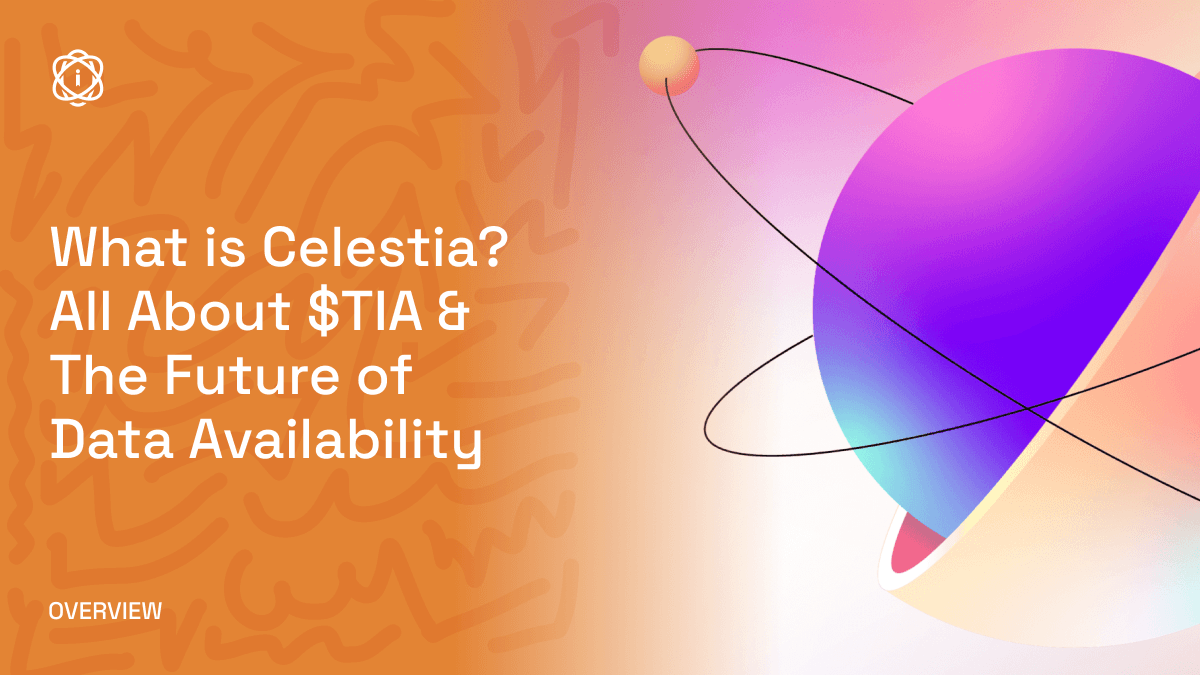
Adopted by Leading Modular Blockchain Projects: Platforms like Celestia and Avail use DAS to provide secure, scalable data availability layers, setting industry standards for decentralization.
It’s important to note that DAS is not just a theoretical improvement. In practice, it is already powering the next generation of modular blockchains. For example, Celestia’s DAS implementation allows even non-staking nodes to validate data availability, removing the need to trust small committees or centralized actors. This is a marked contrast to earlier rollup architectures, which often relied on trust assumptions that undermined the promise of true decentralization. For a deeper dive into Celestia’s approach, see Celestia: Pioneering Scalable Data Availability for Modular Blockchains.
With DAS as a foundational layer, modular blockchains can confidently scale without centralizing verification power. This is especially relevant for rollups and appchains, which are often limited by the data throughput and trust assumptions of their underlying data availability solutions. By enabling light client verification at scale, DAS removes the need for specialized hardware or always-online infrastructure, opening the door for everyday users to participate in network security and governance.
Real-World Impact: DAS in Action
Let’s look at how DAS is changing the landscape for modular DA solutions. On networks like Celestia and Avail, developers can deploy rollups that inherit robust security guarantees from the base DA layer, without being bottlenecked by the hardware requirements of monolithic chains. This flexibility is critical for supporting the next wave of decentralized applications, from high-throughput DeFi protocols to data-rich gaming and social platforms.
For example, Celestia’s DAS protocol allows any node, regardless of its staking status or hardware profile, to independently verify that all transaction data is available. This means that even non-staking nodes can meaningfully contribute to network security, vastly increasing the pool of validators and reducing the risk of collusion or censorship. For more on how Celestia’s DAS implementation is pushing boundaries, check out this analysis.
Moreover, DAS directly addresses one of the major criticisms of modular blockchain architecture: that splitting consensus and data availability could open new vectors for centralization. By making verification accessible to all, DAS ensures that no single entity or small group can control the flow of data. This is a significant leap forward for trustless systems, where the ability to independently verify every aspect of the chain is non-negotiable.
What’s Next for Modular Blockchain Decentralization?
As modular DA solutions continue to mature, expect to see even greater innovation around light client verification and rollup scalability. Research into optimizing sampling strategies and reducing latency will further lower the barriers to entry for validators. Meanwhile, as more projects adopt DAS, we’ll likely see new governance models emerge, ones that empower users at every level of technical ability to participate in consensus and oversight.
The ultimate promise of DAS blockchain technology is a world where decentralization is not just a theoretical ideal, but a practical reality. When anyone can help secure the network with minimal resources, blockchains become truly resilient and adaptable, capable of supporting global-scale applications without compromising on their core values.
For those building or investing in the modular blockchain ecosystem, understanding DAS isn’t optional, it’s essential. As projects like Celestia and Avail continue to demonstrate, robust data availability sampling is the key to unlocking scalable, decentralized, and secure blockchain networks for everyone.
